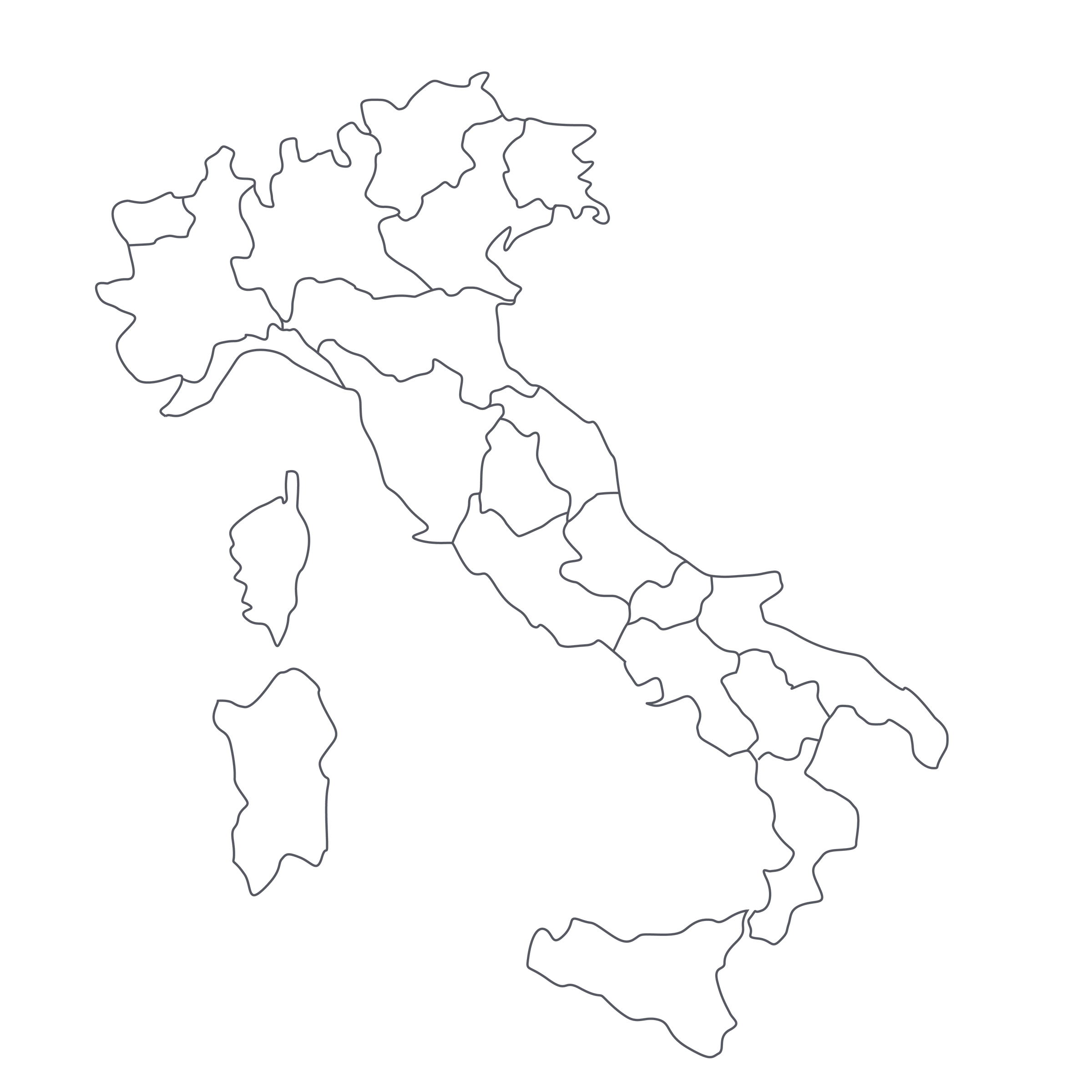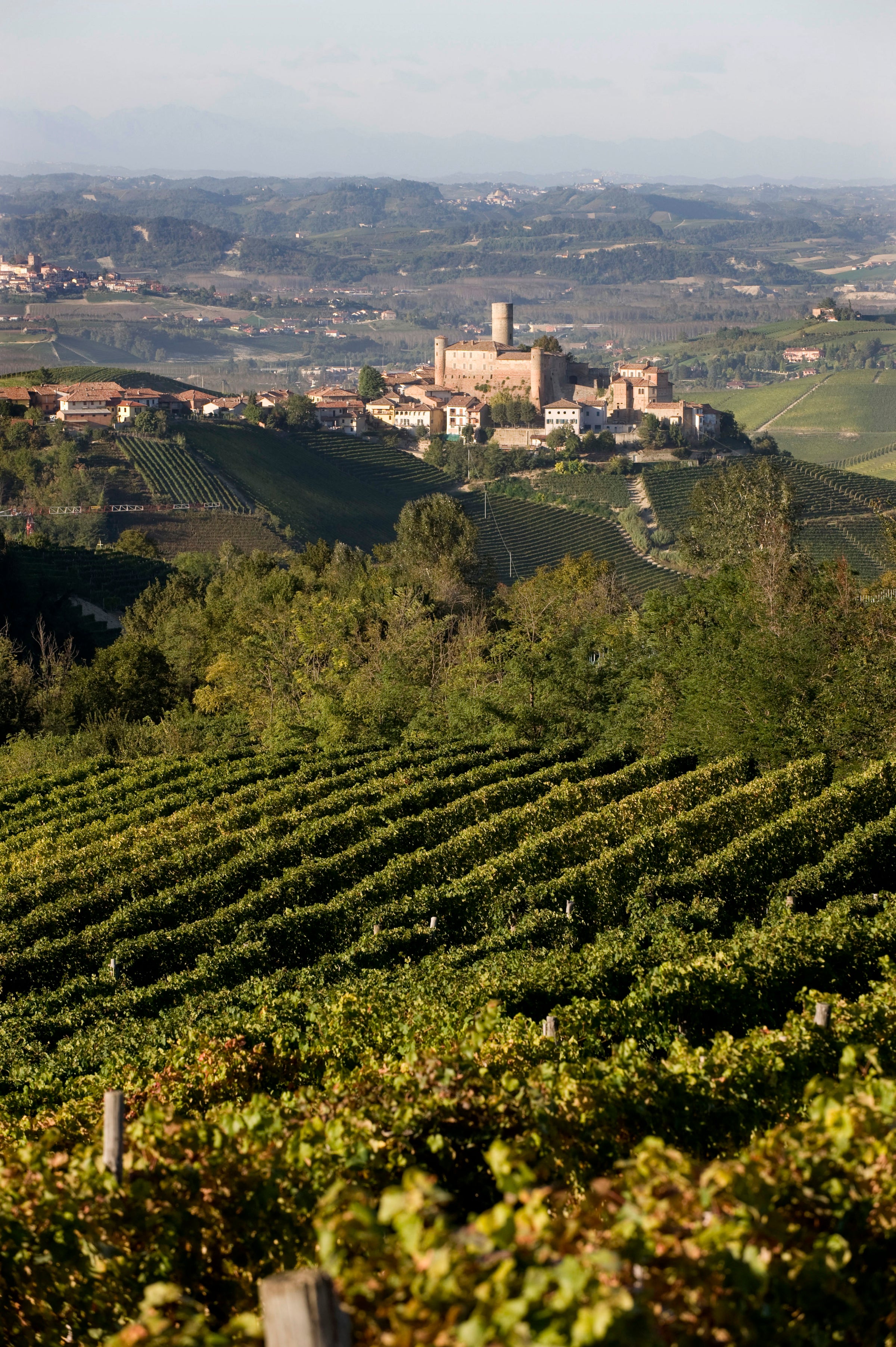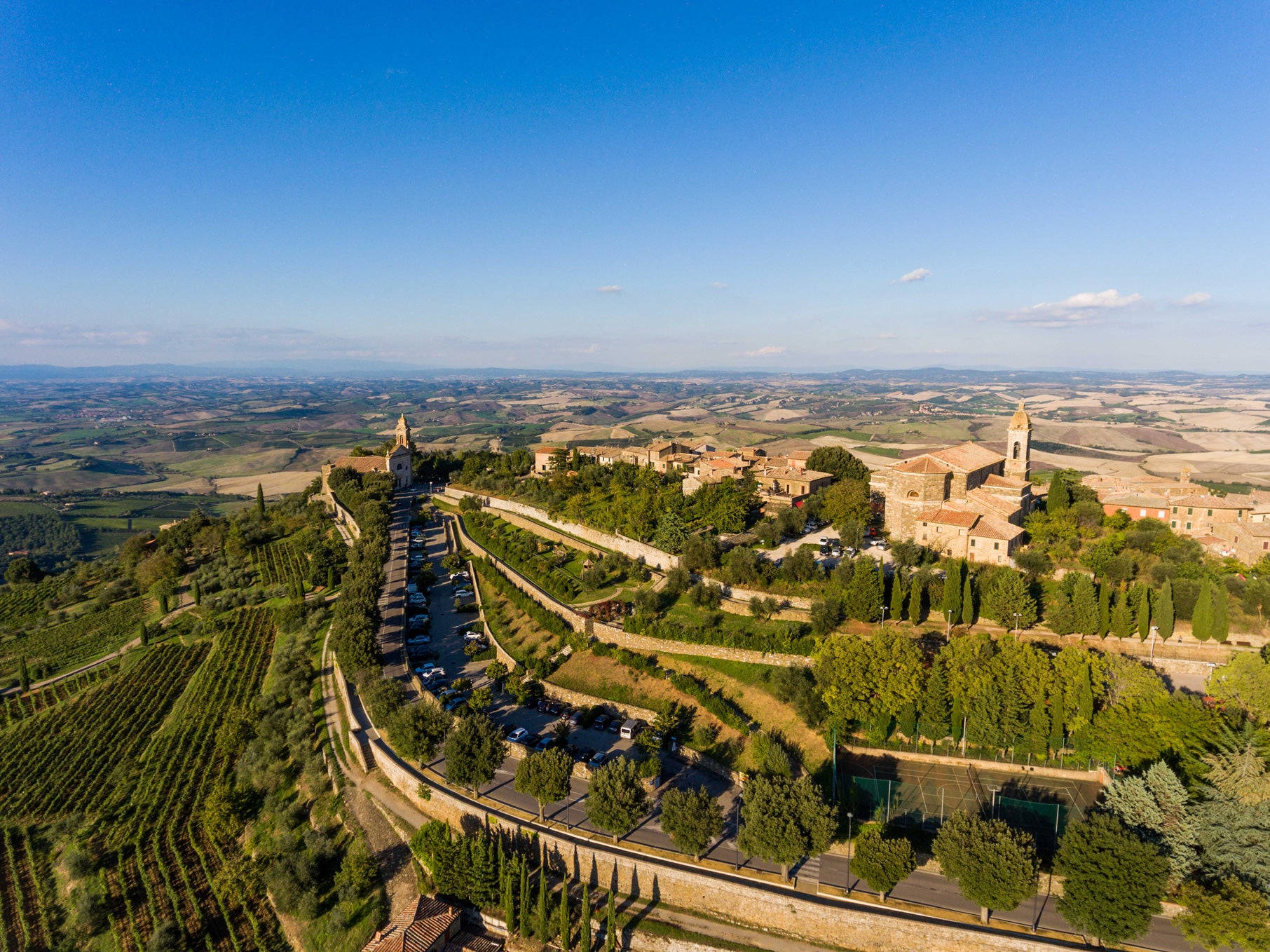One of my close friends, Carlo Mondavi of RAEN Winery, fell for an Italian woman named Giovanna Bagnasco and now splits his time between Piedmont and Napa. The best part (aside from Giovanna being incredible in every way) is that she and her family run a serious Barolo estate, Agricola Brandini, in one of my favorite villages: La Morra. So, when Carlo invited me to visit with him, I accepted enthusiastically—with today’s offer being one of the happy results.
I cherish any opportunity I get to visit Barolo and Barbaresco, because, as in Burgundy, the wines are all about the nuances imparted by singular vineyard sites. But since the greatest
cru vineyards of Barolo are not arranged in any kind of hierarchy (as in Burgundy), being able to see them in person is invaluable to one’s understanding of the wines. After my visit to Brandini, the mere sight of their label transports me to one of the more dramatic vineyard vistas in Barolo, at the western edge of the appellation in the commune of La Morra. From here I took in the full expanse of Barolo’s undulating hills, looking east across the valley to Castiglione Falletto and Serralunga d’Alba. Reaching to 450 meters in elevation in some spots, which puts it among the higher-altitude sites in Barolo, the “Brandini” cru is one of the sources for today’s “del Comune di La Morra” bottling. This village and its vineyards are known for elegant, perfumed, fine-tuned expressions of the Nebbiolo grape, and this one captures that while adding some firmness and structure to enhance ageability. It is an old-school style of Barolo from a relative newcomer in the region—one with a serious commitment to organic farming and minimal-intervention winemaking. Today’s 2013 was a highlight of my visit to Barolo and put Agricola Brandini squarely on my radar. Be assured you will be seeing many more wines from them here on SommSelect!
The Brandini estate, which includes about 14 hectares of Barolo-classified vineyards, is run by Piero Bagnasco and his daughters, Giovanna and Serena. The property is part of the ever-expanding Gruppo Fontanafredda, a portfolio of wine estates owned (or co-owned) by Italian food and wine impresario (and Eataly creator) Oscar Farinetti. The group now includes more than a dozen properties across Italy—including historic Barolo houses Fontanafredda and Borgogno—all of them part of a Farinetti-created association called “Vino Libero,” which is focused on sustainability in vineyards and cellars alike. Among the elements of the expansive Vino Libero discipline are the stated desire to eliminate all chemical fertilizers, herbicides, and pesticides, while also reducing sulfur additions to levels well below what’s allowed by law. Brandini uses the phrase “Organic Human Barolo” to describe its wines; the vineyards are indeed certified organic and the wines are aged in large, used oak casks with minimal amounts of added sulfur at bottling.
Since 2010, Barolo producers have been allowed to append their labels with the name of the wine’s village of origin, which in this case is the commune of La Morra. In addition to the Brandini cru, this wine also incorporates fruit from the neighboring “Sant’Anna” vineyard as well as La Morra’s famed “Annunziata.” More recently, Agricola Brandini acquired some choice parcels in Serralunga, which have been added to their single-vineyard lineup, but today’s wine is a La Morra ‘village’ wine through and through. The soils here are clay mixed with limestone marl, which typically produces more red-fruited, finessed, ‘Burgundian’ styles of Barolo; this one has high-pitched perfume and freshness, but it’s more firmly structured at this stage than many of its La Morra contemporaries.
In the glass, it’s a moderate crimson red with garnet highlights, with perfumed aromas of red and black cherry, wild strawberry, dried tobacco, anise, rose petals, and exotic spices. It is medium-plus bodied and vibrating with energy, with a firm grip and lots of mineral savor on the finish. If you are opening a bottle now, give it at least an hour in a decanter before serving at 60-65 degrees in Burgundy stems. The wine is a beauty now after it breathes, but I really want to start digging into it a few years down the line: I think the sweet spot will be at the 10th-birthday mark and for many years beyond that, greatly rewarding those who choose to cellar some. If you plan on consuming this wine now, a fatty cut of meat to serve alongside it is essential (as it is with any young Barolo). A well-charred, well-marbled cut of steak would be great, as would some beef shanks prepared as in the attached recipe. With more time in the cellar, this Barolo promises to evolve into something special. Forget a few bottles in a dark corner of your cellar and you’ll be set a few years from now. I’m sure of it. Enjoy!




